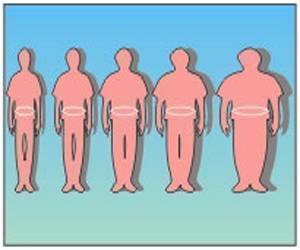A new study says that a bout of flu may prompt people to post their symptoms on Twitter and also enable health officials track the outbreak in real time.

"One of the things this paper shows is that the distribution of tweets is about the same as the distribution of the population so we get a good representation of the country," said Christophe Giraud-Carrier, Brigham professor and study co-author.
"That's another nice validity point especially if you're going to look at things like diseases spreading."
Researchers found surprisingly less data than they expected from Twitter's feature that enables tweets to be tagged with a location.
Only two percent of tweets contained the GPS info. That's a much lower rate than what Twitter users report in surveys, the Journal of Medical Internet Research reports.
"There is this disconnect that's well known between what you think you are doing and what you are actually doing," Giraud-Carrier said. Location info can more often be found and parsed from user profiles.
Advertisement
The net result is that public health officials could capture state-level info or better for 15 percent of tweets. That bodes well for the viability of a Twitter-based disease monitoring system to augment the confirmed data from sentinel clinics.
"You could also look to see if people are talking about actual diagnoses versus self-reported symptoms, such as 'The doctor says I have the flu.'"
Source-IANS









